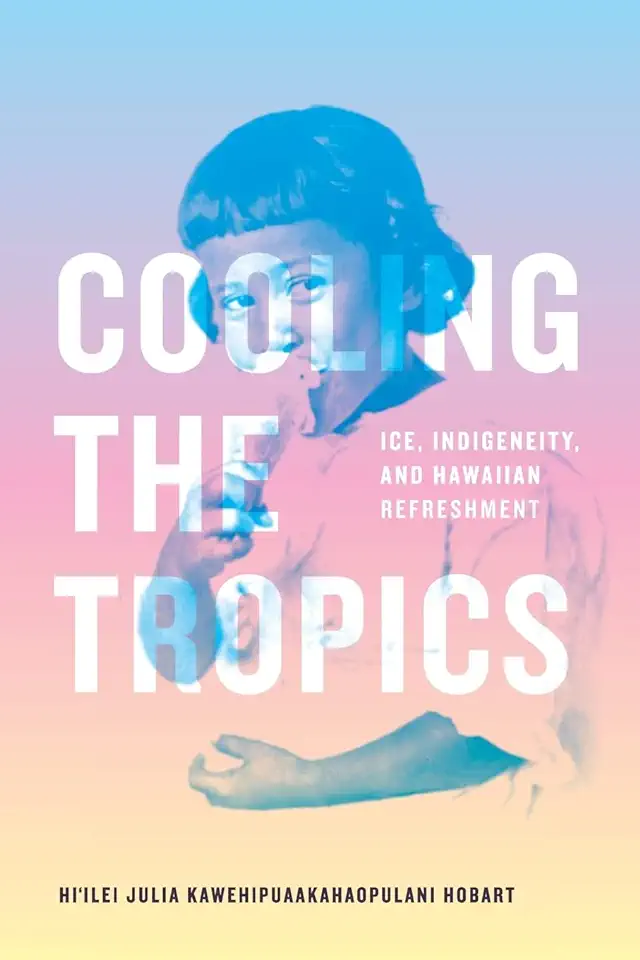
Hobart, Hi'ilei Julia Kawehipuaakahaopul
product information
description
s hauled frozen pond water, then glacial ice, and then ice machines to Hawaiʻi-all in an effort to reshape the islands in the service of Western pleasure and profit. Marketed as "essential" for white occupants of the nineteenth-century Pacific, ice quickly permeated the foodscape through advancements in freezing and refrigeration technologies. In Cooling the Tropics Hiʻilei Julia Kawehipuaakahaopulani Hobart charts the social history of ice in Hawaiʻi to show how the interlinked concepts of freshness and refreshment mark colonial relationships to the tropics. From chilled drinks and sweets to machinery, she shows how ice and refrigeration underpinned settler colonial ideas about race, environment, and the senses. By outlining how ice shaped Hawaiʻi's food system in accordance with racial and environmental imaginaries, Hobart demonstrates that thermal technologies can-and must-be attended to in struggles for food sovereignty and political self-determination in Hawaiʻi and beyond. Duke University Press Scholars of Color First Book Award Recipient
member goods
No member items were found under this heading.
listens & views

SUITE FOR ORCHESTRA & SOLO ...
by JONGEN / FRANCAIX / CZECH NAT'L ORCH / FREEMAN
COMPACT DISC$17.75
Return Policy
All sales are final
Shipping
No special shipping considerations available.
Shipping fees determined at checkout.






